IT (2017) is directed by Argentinian filmmaker Andy Muschietti, who some might recognize as the director of both the short and feature length versions of Mamá (2008 and 2013, respectively). The film centers around a group of middle school students, known as “The Losers Club”, who are being tormented incessantly by both bullies and their own parents. As if things couldn’t get any worse, they also find themselves being stalked by a morphing, demonic entity known as Pennywise the Dancing Clown, otherwise referred to as “IT”.
Despite this, I would absolutely recommend that the timid among us go see the movie anyway. Why? Because the actors are just too darn fantastic to ignore. Indeed, what truly makes this movie great are not IT’s sequences of nail-biting terror, but the hilarious and endearing characters. Anybody can relate to at least one of the members of the Losers Club, and I found myself rooting for the team every step of the way. The persistent volley of expletives rushing out of the kids’ mouths never failed to make me chuckle, and their steadfast devotion to each other warmed the heart of this dour horror fan. All of the child actors (and most of the adult actors) do a fantastic job with their roles, and I can’t wait to see what projects they’ll end up in next. In a sense, IT is a horror movie for people who don’t like horror movies.
But the most important aspect of IT is probably the monumental effect the movie has had on the horror community. For the first time in years, a horror film has come out that is loved by audiences, hailed by critics, and financially successful. All of a sudden, horror has become (or is at least becoming) mainstream again, and there are already more scary flicks on the horizon. Not to mention, IT raised the box office out of the slump it was in. And if that wasn’t enough, Muschietti is also directing a sequel to the first movie, and I can’t wait to see IT (chapter 2).


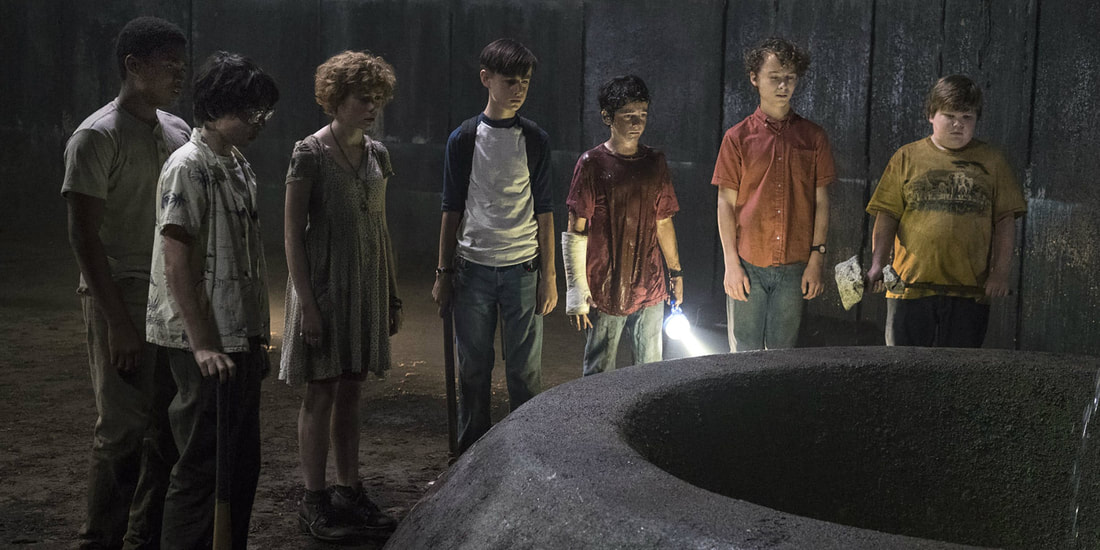
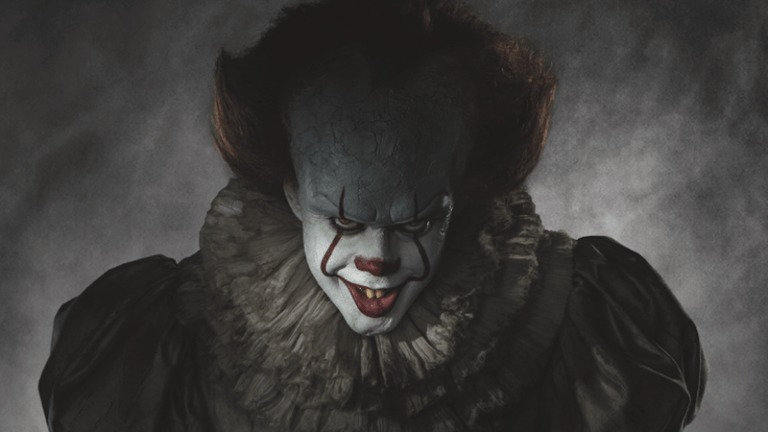
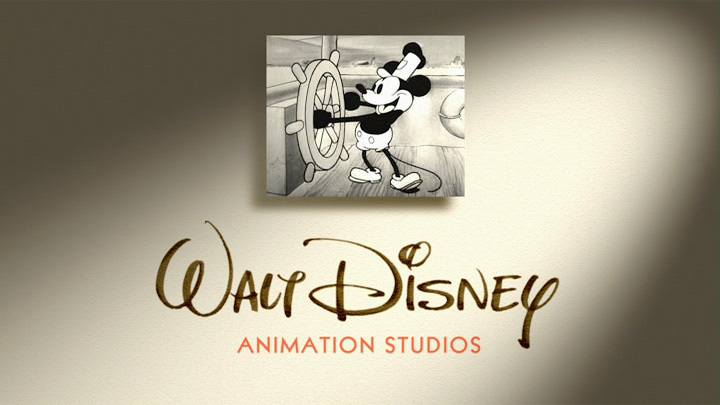

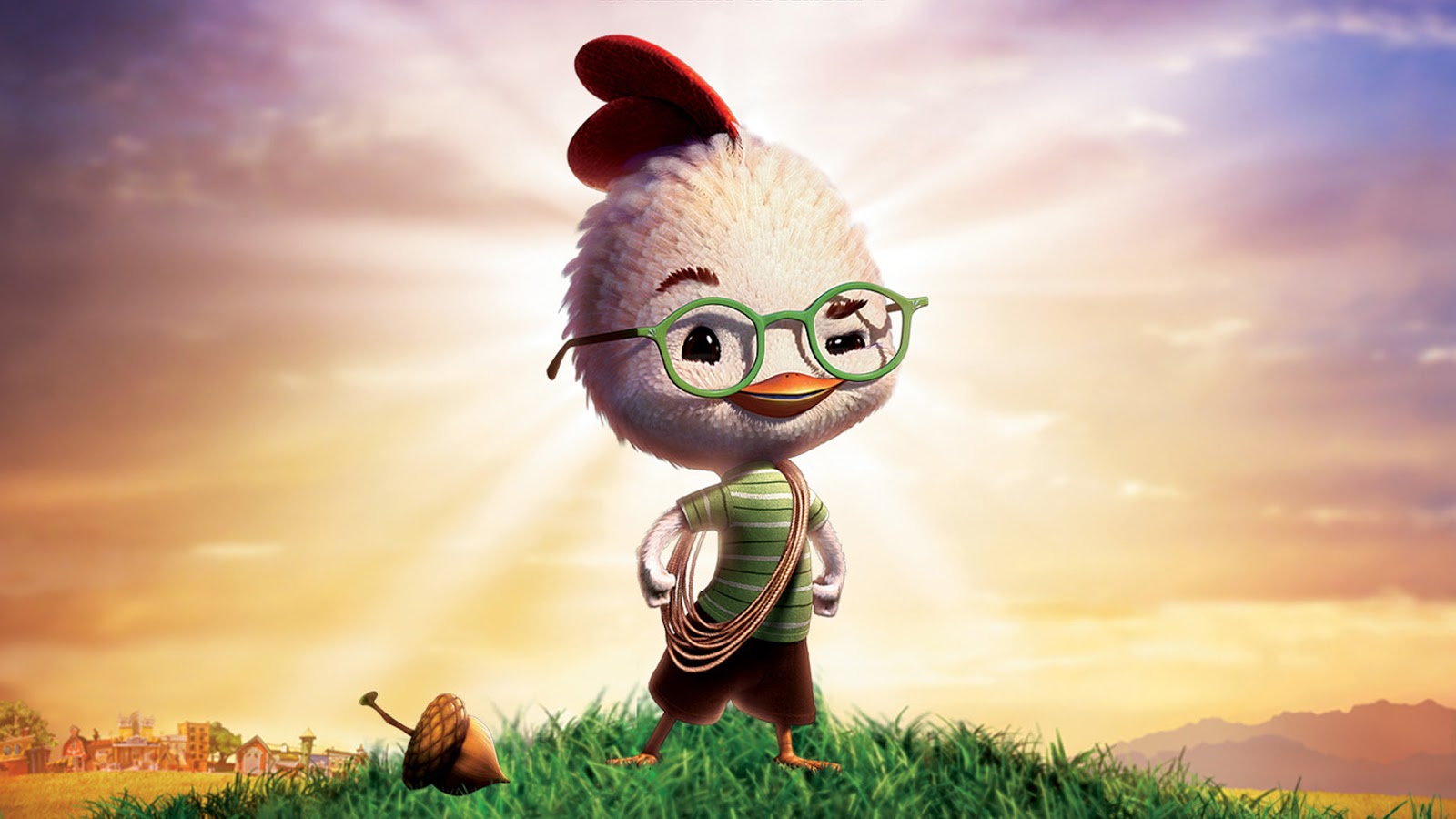
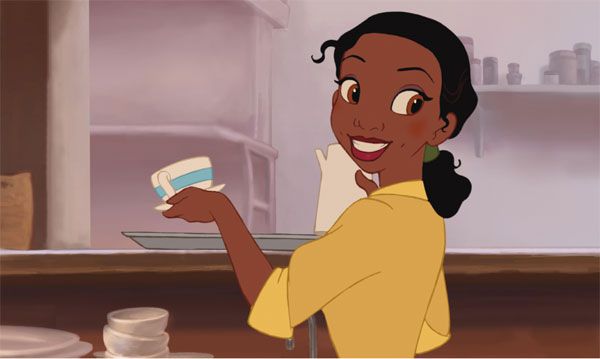
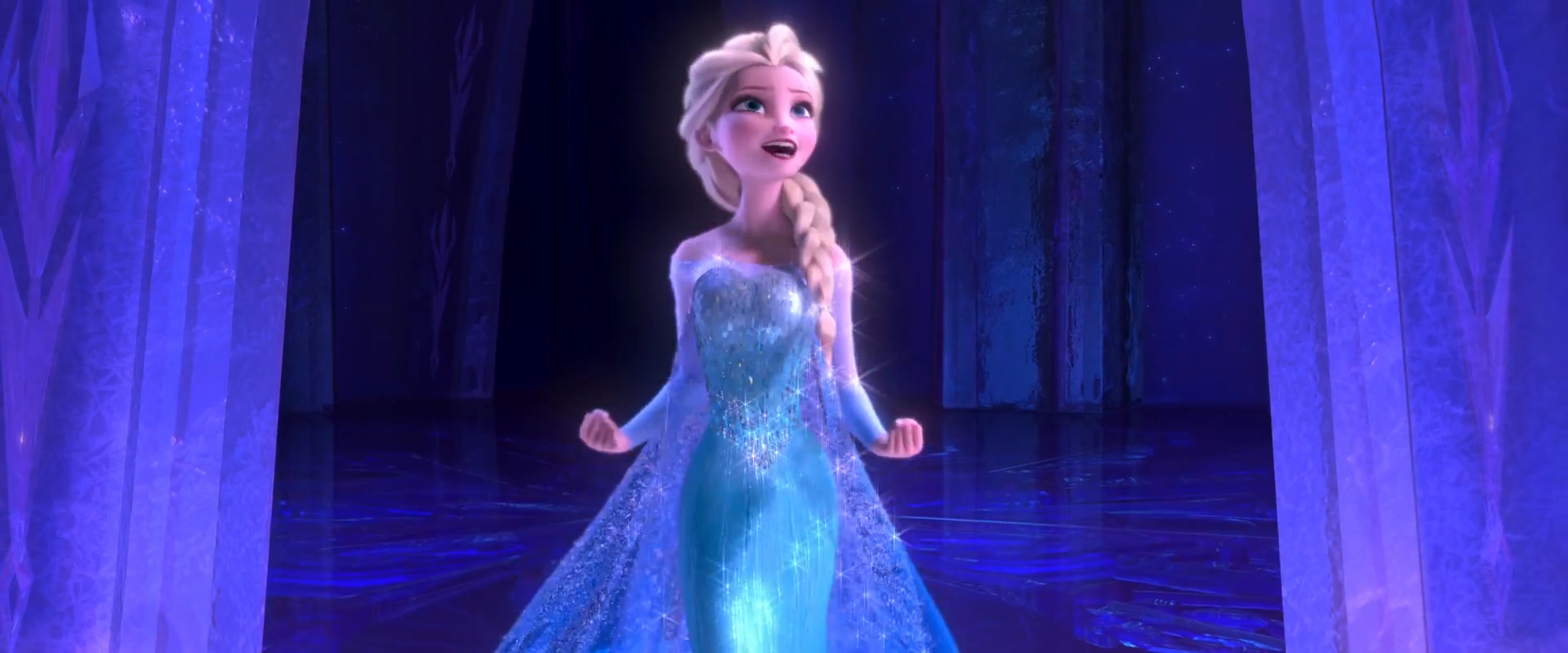



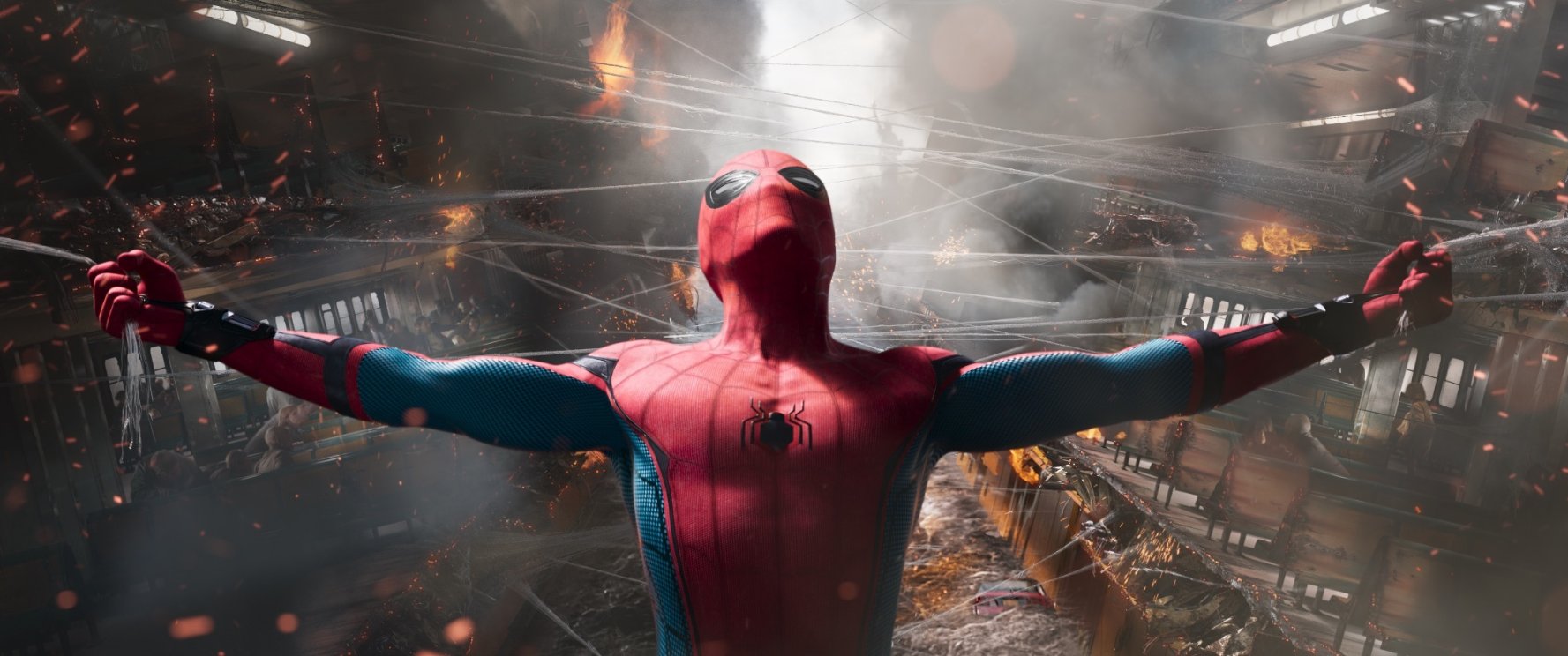
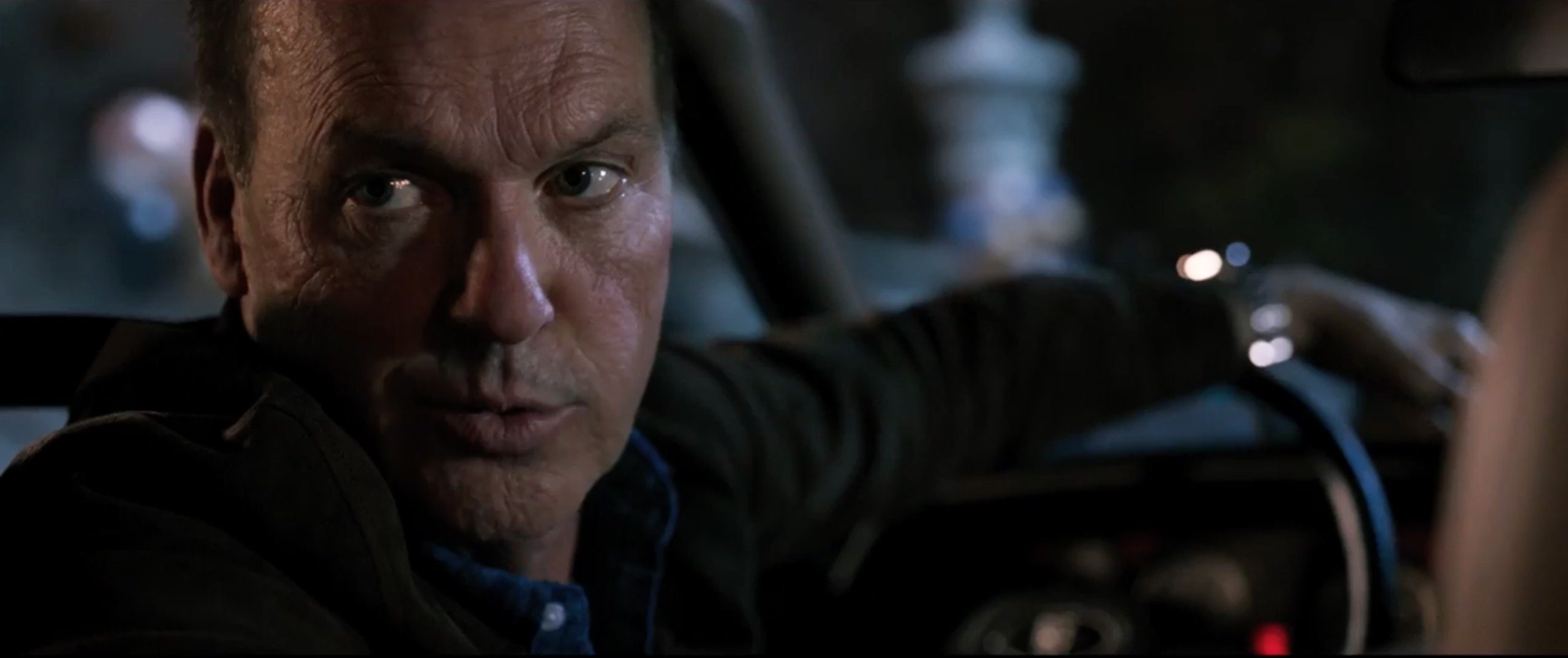
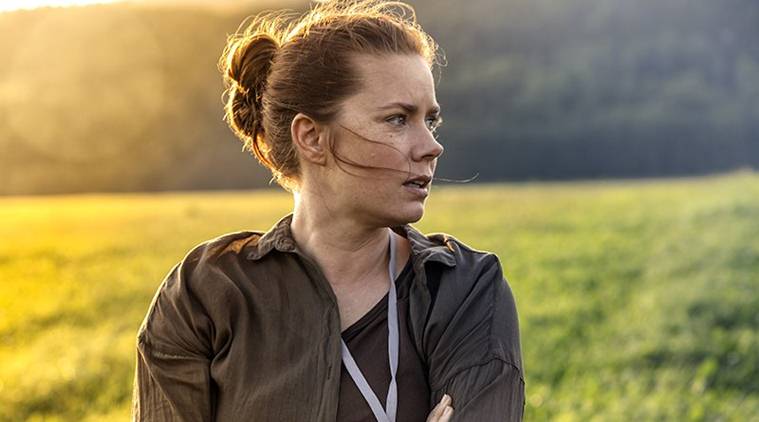

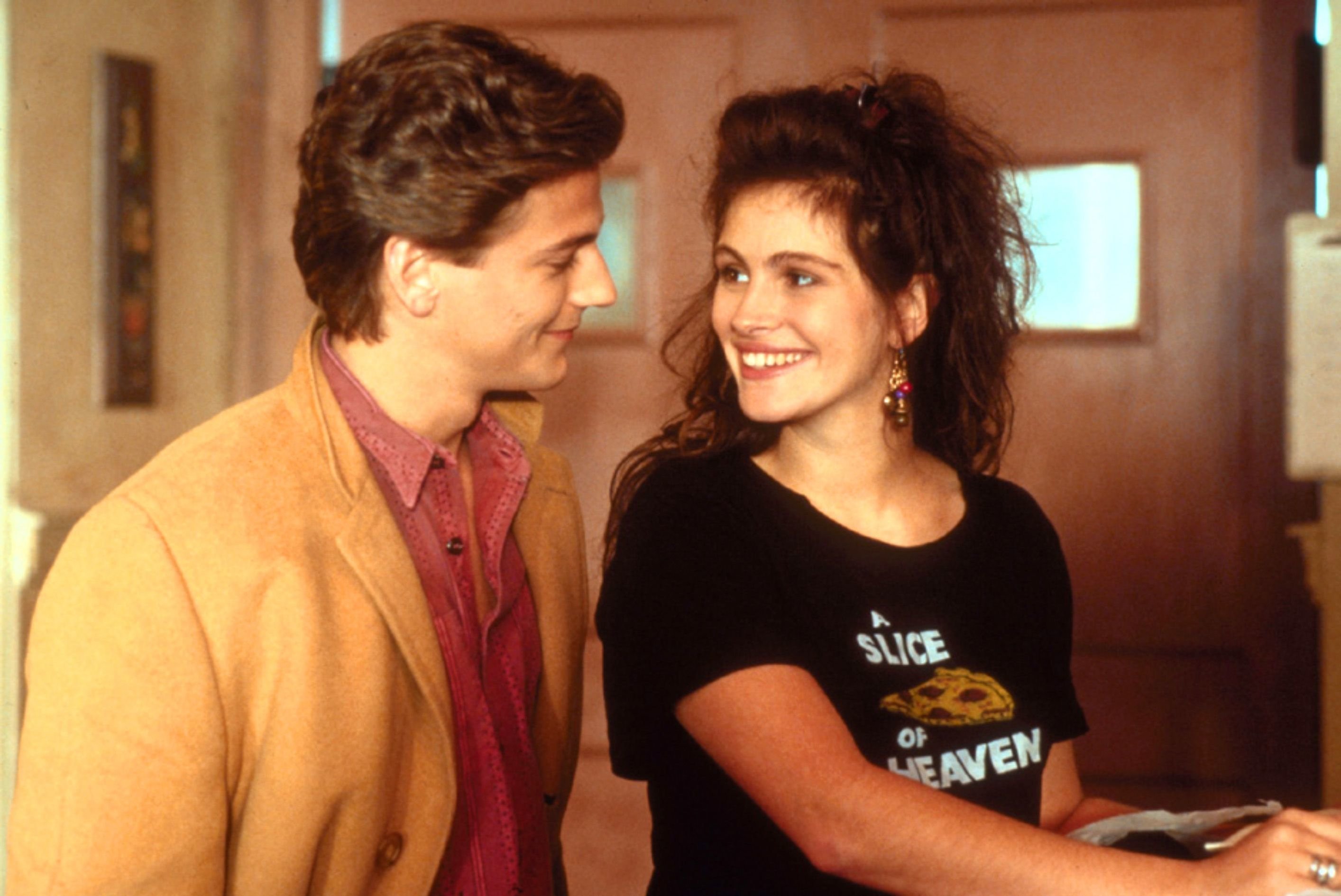
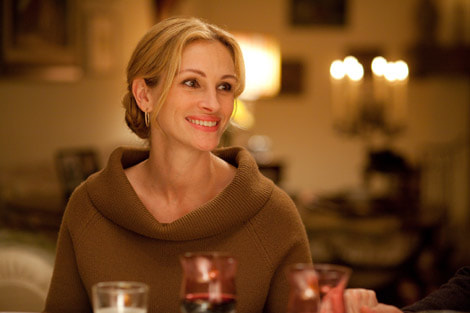
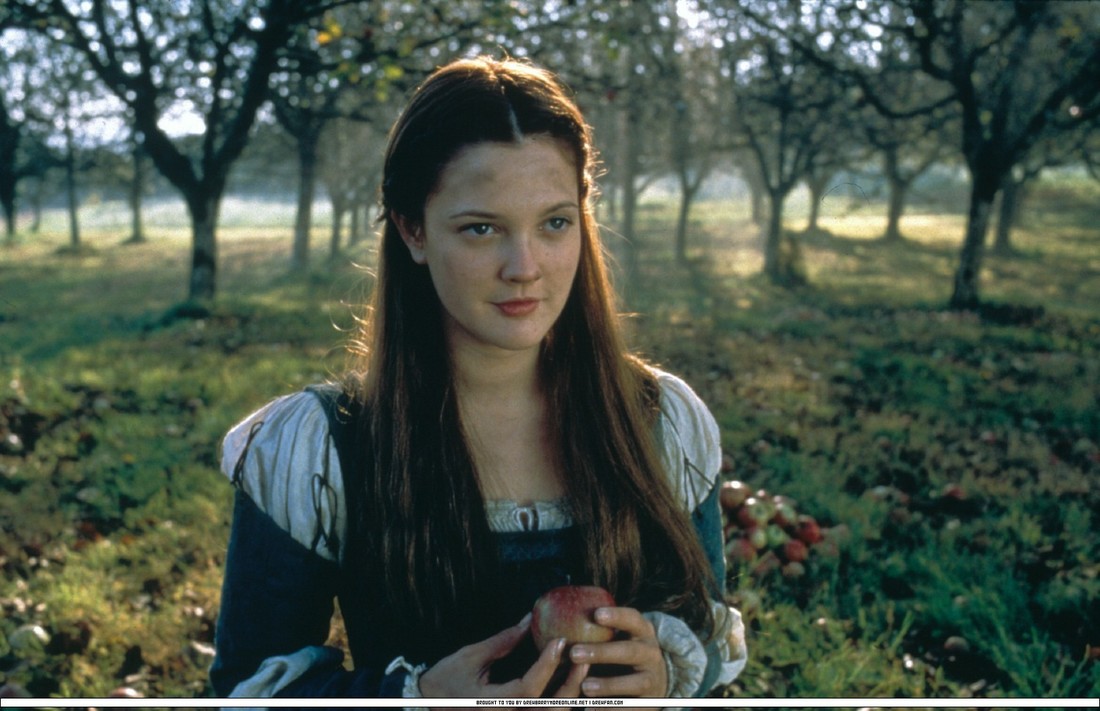
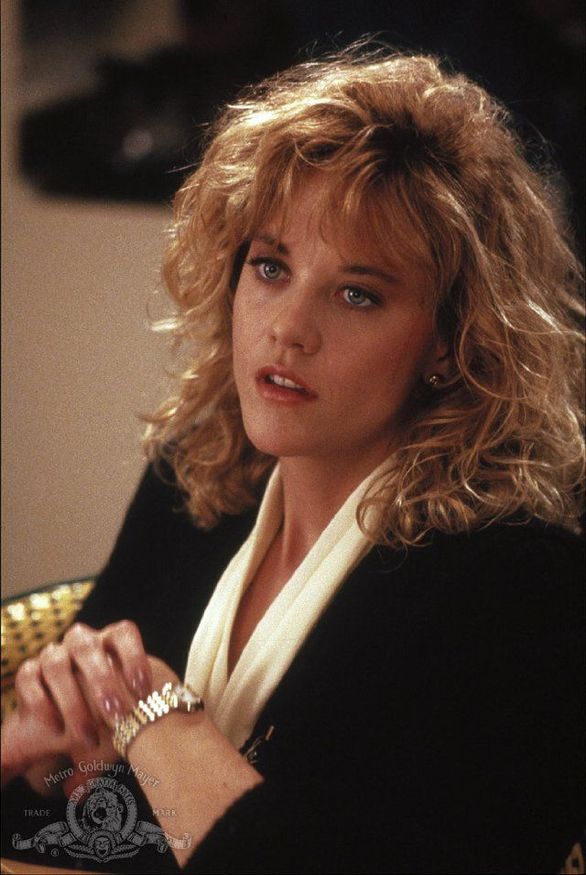
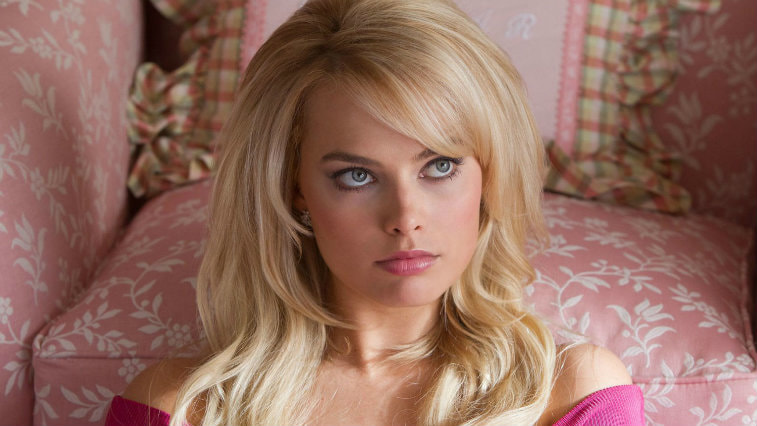
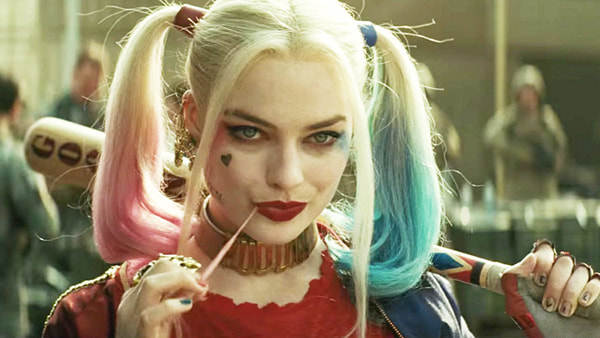
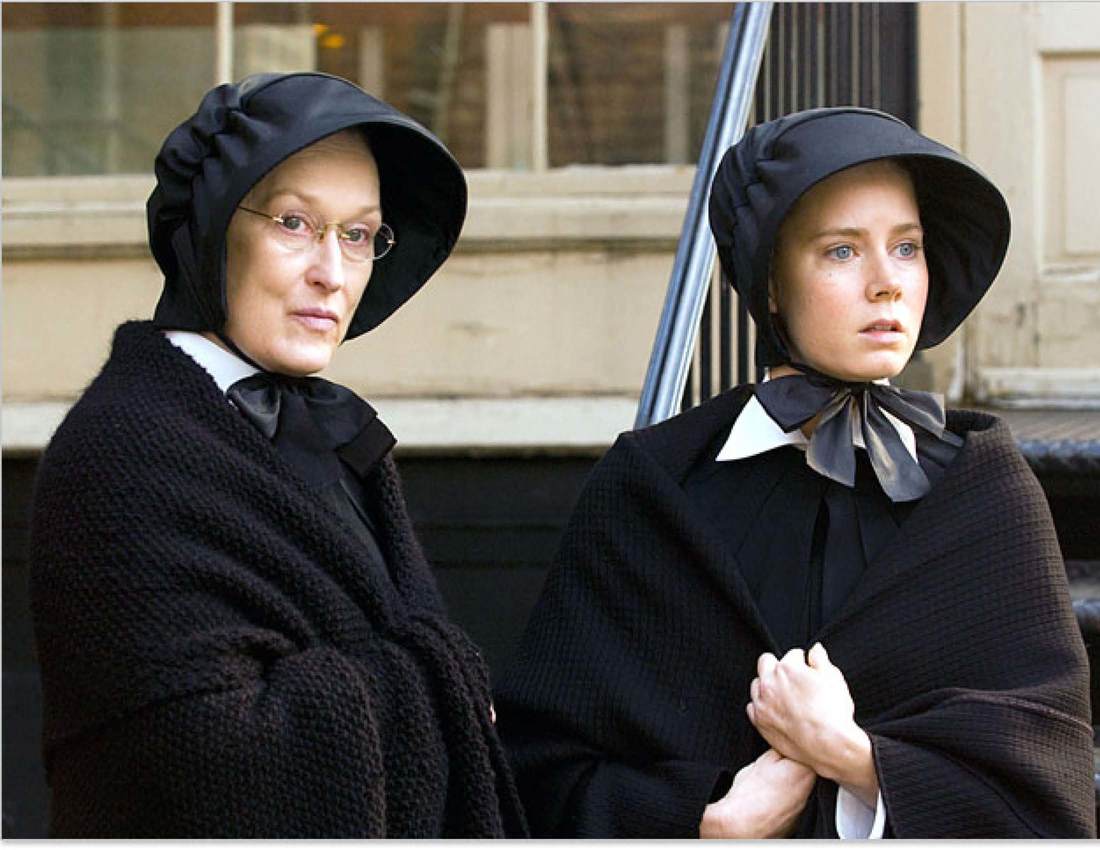
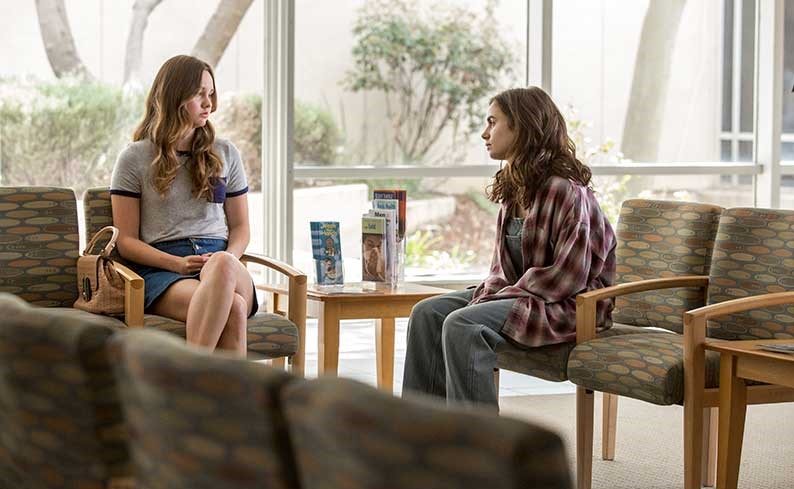

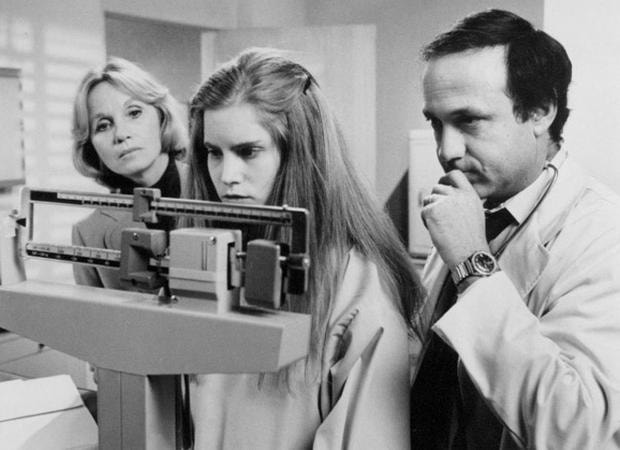
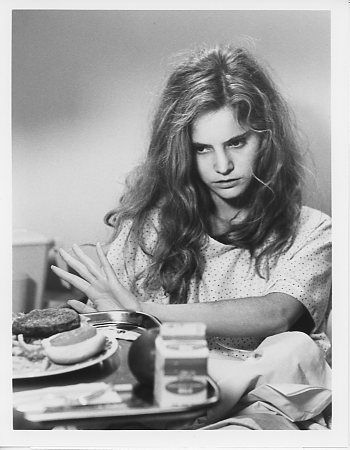
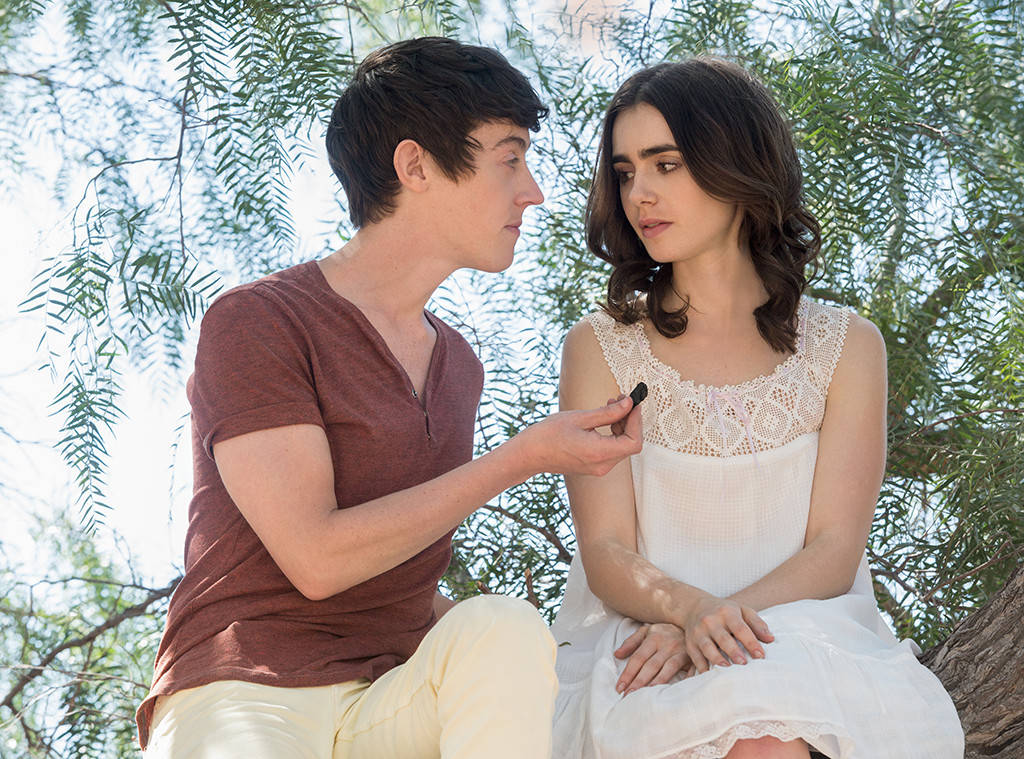
 RSS Feed
RSS Feed
